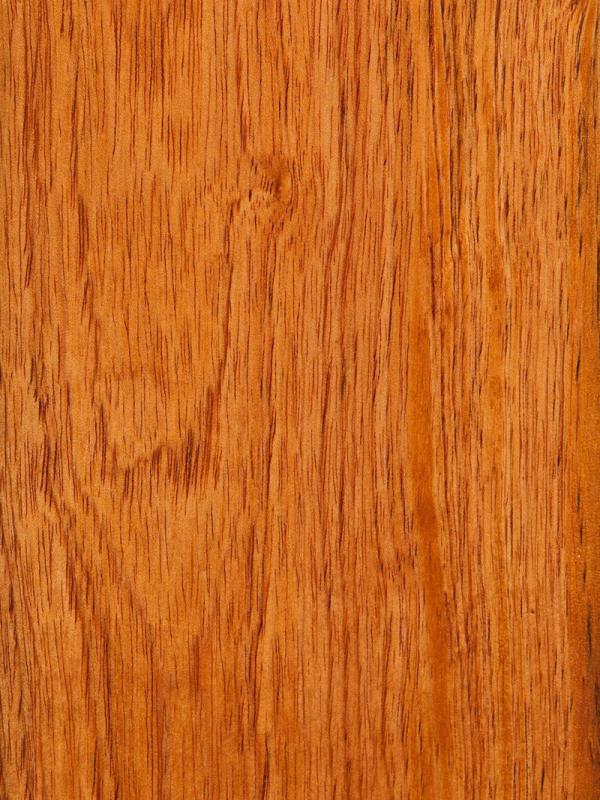
Family: Meliaceae, the mahogany family.
Origin: It grows in all the countries of Central and South America except Chile. It also grows on some of the islands of the West Indies and are occasionally planted as far north as Florida.
Other common names: Cedro, cigar-box cedar, acajou rouge, cedre rouge and ceder.
The tree: The use of the name cedar can be confusing since this tree is a hardwood and not a softwood or conifer as its name implies. It often reaches heights of over 100 ft. with a straight trunk, 3 to 6 ft. in diameter. It has an even, cylindrical bole, clear for 40 to 60 ft. above substantial buttresses.
Appearance: The heartwood is pinkish-brown to reddish-brown when freshly cut , becoming a dark reddish-brown, sometimes with a purplish tinge upon exposure. It has rather prominent growth rings. The sapwood is pinkish to white and is sharply to rather poorly demarcated from the heartwood. The grain is usually straight, the texture is fine and even and it has a high, golden luster. Occasionally some trees will produce a highly resinous timber.
Density: Spanish cedar is soft and lightweight. Average reported specific gravity is 0.40(ovendry weight/green volume), equal to an air-dried weight of 30 pcf. Janka hardness is 600 pounds of force.
Drying & shrinkage: The wood air and kiln dries rapidly without warping or spitting and movement in service is rated as small. Average reported shrinkage values (green to ovendry) are 4.2% radial, 6.3% tangential and 10.3% volumetric.
Working properties: It is very easy to work with hand and machine tools but somewhat difficult to bore cleanly. It is easy to plane and shape but with some tendency for woolly surfaces to occur. It nails, screws and glues excellently, stains and finishes well and takes a smooth polish. It has good dimensional stability and in proportion to its weight, it is quite strong. Possible adverse reactions from the dust and wood include dermatitis, asthma, nose and throat irritation, skin blistering, inflammation of the eyelids and nasal cancer.
Durability: It is fairly durable. It is resistant to termite attack and has excellent weathering properties, but is susceptible to attack by marine borers. It is extremely resistant to preservative treatment.
Uses: Spanish cedar is favored for the making of the hulls of light racing boats, furniture, cabinetwork, doors and windows, interior trim and clothing chests. In the past it was exported to Europe and the U.S. for cigar boxes. The Indians used to make dugout canoes with the trunks. It is also used for musical instruments, veneers and plywood.
Availability: Although it is becoming scarce on the commercial market, it is usually available from specialty lumber dealers at reasonable prices.